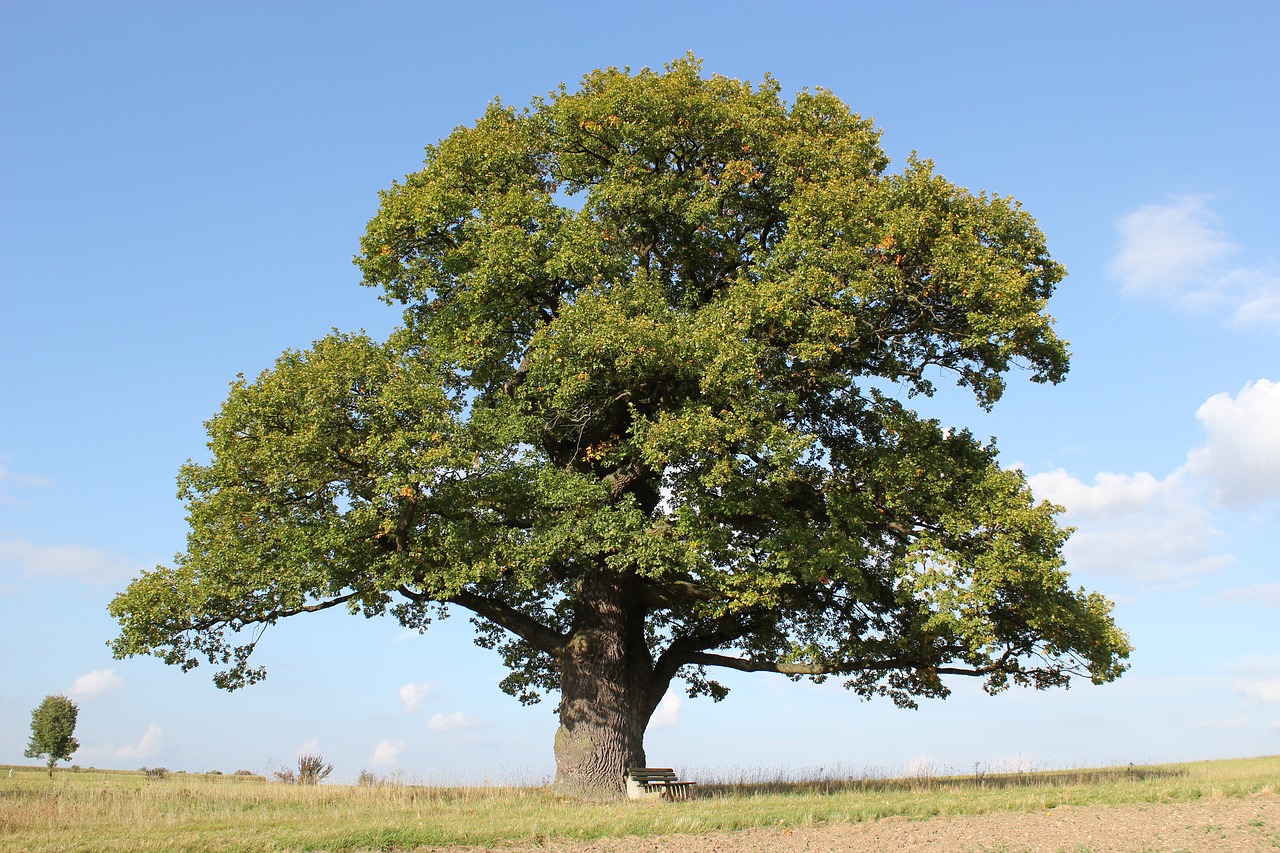
The trees and plants almost completely cover the earth’s crust, only at the poles we would have great difficulty finding any. Thanks to them, life on the planet can exist, since animal beings depend on the oxygen they expel through their leaves. But we help them too, by expelling the carbon dioxide they use to make glucose… and oxygen. Thus, it could be said that a cycle is completed, although the reality is that vegetables appeared long before animals 🙂.
Among all of them, one of the ones that has attracted the most attention are the arboreal ones. Do you know how trees photosynthesize? No? We explain it to you.
What is photosynthesis?

Photosynthesis is a food-making process by all plants. To do it they need chlorophyll, which is a green substance present in the leaves. Chlorophyll absorbs sunlight, which, together with carbon dioxide, can transform raw sap (water and mineral salts that roots absorb from the ground) or into processed sap. One of the consequences of this process, apart from the growth of the plant, is the oxygen that the leaves emit.
But as we know, there are trees that in some seasons (it can be summer if they live in very dry and hot climates, or autumn-winter if they live in temperate-cold regions) do not have leaves. Do they photosynthesize too? No they can `t. During these months they will live with the nutrients they stored for the rest of the year.
Do deciduous trees photosynthesize in winter?
Deciduous trees, that is, those that run out of foliage at some point in the year, have managed to stay alive during the worst growing season. How? Well, it turns out that in the trunk as well as in the branches they have very special pores, called lenticels.
These are made of fluffy fabric, and are responsible for the exchange of atmospheric gases and the interior of the crust. Through them, deciduous trees can both breathe and perspire, and therefore survive. If you want to know more about this topic, click here:

Related article:
How Deciduous Plants Survive In Winter
Phases of photosynthesis
Photosynthesis is a process that goes through two stages, which are the so-called light and dark stages:
Clear stage
It occurs when the light hits the leavesspecifically to the pigment that we know as chlorophyll. After a series of chemical reactions, this energy is converted into ATP and NADPH enzymes, which will then be used in the dark stage. In addition, the water molecules break down releasing oxygen.
Dark stage
At this stage, also called the Calvin-Benson Cycle, the products obtained in the clear stage added to carbon dioxide (CO2) are used to obtain carbohydratesthat is, food for plants.
It has this name because it usually occurs at night, but if the clear stage energy carriers are not present, it will only occur during the day.
Photosynthesis world map

On this map you can see how ‘green’ our home is, the Earth. As you can see, there are also plant beings in the oceans: algae and phytoplankton. Impressive, isn’t it? Humans depend on them to survive, but if we continue to raze the forests and pollute the seas, we will have nothing left.
Are forests the true lungs of the planet?
It is said a lot that places like the Amazon rainforest or the Arctic forests are the lungs of the planet, but how true is that? Although it is hard to believe, not much. According to a study, rain forests only produce 28% of the oxygen on Earth. It is a lot, but no, they are not the lungs, but tiny organisms that make up phytoplankton, as well as algae and plankton.
These release up to 70% of the precious and vital gas that we need to breathe. One more reason to take care of the seas, which is where they live.
What did you think of this topic?

